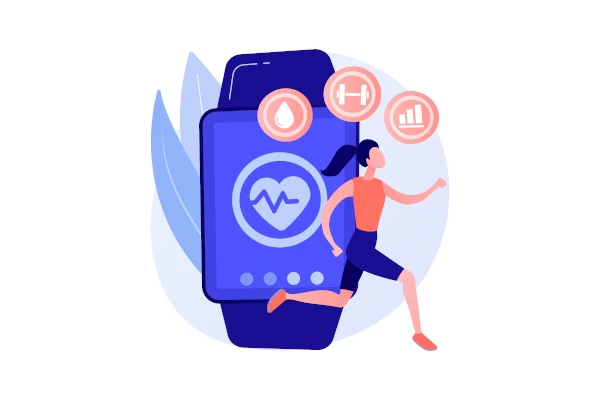Chronic pain is a persistent condition that can be debilitating and challenging to manage. It affects millions of people worldwide and is a leading cause of disability. The patients most commonly complain chronic pain in back, neck and in the joints. While pain medication help to reduce the pain temporary, physiotherapy is an effective long-term solution for managing chronic pain. In this article, we’ll discuss how physiotherapy can help with chronic pain management.
Physiotherapy is a form of physical treatment that uses various types of techniques to reduce pain, improve mobility, and increase overall physical function.
Here are some physiotherapy techniques that can help with chronic pain management:
Manual Therapy: This involves hands-on techniques such joint mobilization. It can help reduce pain, stiffness, and inflammation.
Exercise Therapy: This involves specific exercises tailored to the patient’s needs and abilities. It can help improve strength, flexibility, and mobility, which can alleviate pain and prevent further injury.
Electrotherapy: This involves the use of electrical stimulation to relieve pain.
Acupuncture: This involves inserting thin needles into specific points on the body to relieve pain and promote healing.
Overall, physiotherapy can help improve physical function, reduce pain, and improve quality of life for people with chronic pain.
Benefits of Physiotherapy for Chronic Pain Management
Physiotherapy offers many benefits for chronic pain management. Here are some advantages:
Non-Invasive: Physiotherapy is a non-invasive treatment that doesn’t require surgery or medication, making it a safe and natural option for managing chronic pain.
Individualized Treatment: Physiotherapy treatments are tailored to each patient’s unique needs and abilities, ensuring the most effective and personalized care.
Improved Physical Function: Physiotherapy can improve strength, flexibility, and mobility, which can enhance overall physical function and reduce the risk of further injury.
Improved Mental Health: Chronic pain can have a significant impact on mental health, leading to depression, anxiety, and stress. Physiotherapy can help to reduce these symptoms and improve overall mental well-being.
Cost-Effective: Compared to surgery and medication, physiotherapy is a cost-effective treatment option for chronic pain management.
Conclusion
Physiotherapy can be an effective and treatment option for managing chronic pain. Physiotherapists can tailor treatments according to patient’s needs and abilities by providing personalized care by using a variety of techniques such as manual therapy, exercise therapy, electrotherapy, and dry needling . It’s important to choose a qualified and experienced physiotherapist to avoid any potential complications.
FAQs
Is physiotherapy painful?
No, physiotherapy shouldn’t be painful. While some techniques such as massage and stretching may cause mild discomfort, physiotherapy should never cause severe pain.
How long does physiotherapy session take to work?
The duration of physiotherapy treatment varies depending on the severity of the pain and the patient’s overall health. Some patients may experience significant pain relief after the first sessions, while others may require several treatment sessions.
Can physiotherapy worsen chronic pain?
While rare, physiotherapy can sometimes worsen chronic pain if the wrong techniques are used or if the therapist is inexperienced. It’s important to choose a qualified and experienced physiotherapist to avoid any potential complications.
Is physiotherapy covered by insurance?
Many insurance plans cover physiotherapy treatments, but it’s best to check with your provider to determine the extent of coverage.
What should I expect during a physiotherapy session?
During a physiotherapy session, you can expect the therapist to evaluate your pain and physical function, develop a treatment plan, and perform various techniques to alleviate pain and improve function.



